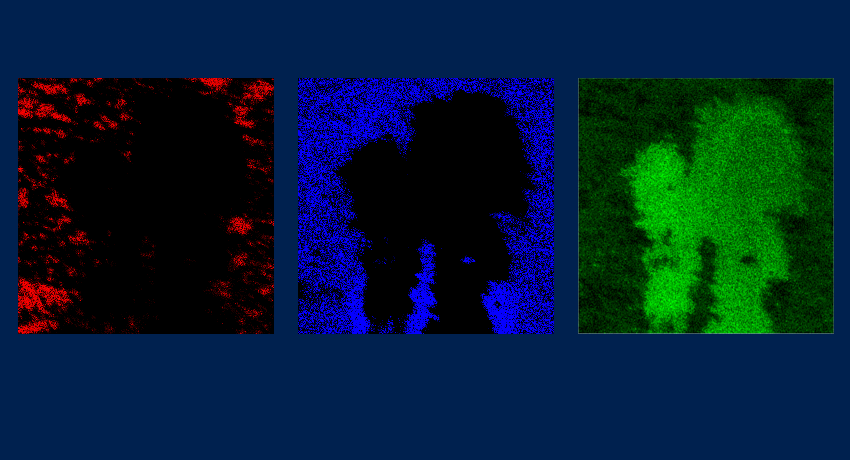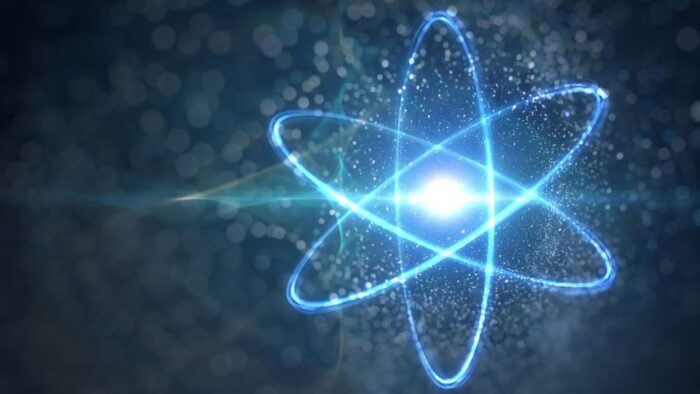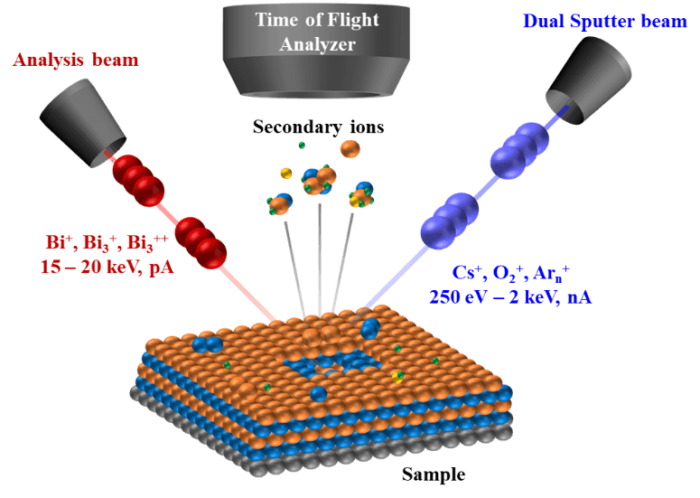
Time-of-flight secondary ion mass spectrometry, or TOF-SIMS, is a powerful analytical technique used to study the surface chemistry of various samples. In this technique, a primary ion beam is focused onto a sample surface, emitting secondary ions due to the primary ion bombardment. These secondary ions are then mass-analyzed to determine their composition and concentration.
Here are some tips for conducting TOF-SIMS analysis:
Sample Preparation
Proper sample preparation is critical for obtaining high-quality TOF-SIMS data. It is vital to ensure that the sample surface is clean and free of contaminants, as these can interfere with the analysis. For most samples, this is achievable by cleaning the surface with solvent, followed by a gentle sputter-etching step.
Primary Ion Beam Energy
The primary ion beam energy can significantly impact the quality of the TOF-SIMS data. Typically, lower primary ion beam energies are used to minimize sample damage and sputtering, while higher primary ion beam energies are used to increase the sensitivity of the analysis.
It is important to select the primary ion beam energy that is most appropriate for your sample and analysis goals.
Secondary Ion Extraction Voltage

The secondary ion extraction voltage is another important parameter that can affect the quality of the TOF-SIMS data. A higher extraction voltage will result in higher sensitivity and sample damage.
The best extraction voltage will depend on the specific sample, and it is important to find the optimal voltage for the sample, which provides the highest signal-to-noise ratio.
Matrix Effect
The matrix effect is a common problem in TOF-SIMS analysis, which refers to the interference of the sample matrix on the analyte’s signal. To minimize the matrix effect, using a high primary ion dose, high primary ion energy, and high secondary ion extraction voltage can be helpful.
Surface Topography
TOF-SIMS can be sensitive to surface topography, as the primary ion beam can be scattered by surface features such as steps and ledges. It is helpful to use a low primary ion beam energy and to take data from several different positions on the sample surface to reduce the impact of surface topography.
Data Analysis

The data analysis of TOF-SIMS can be challenging due to the large amount of data the instrument generates. You should use appropriate software tools for data analysis and understand the fundamentals of mass spectrometry and statistical analysis.
Calibration & Internal Standard
It is always a good practice to conduct a good calibration of the instrument and use internal standards to check the instrument performance and reliability of the results.
Keeping the Instrument Clean
TOF-SIMS instrument requires regular cleaning to maintain the high vacuum conditions and remove any accumulated contaminants that may affect the instrument’s performance and accuracy.
Final Thoughts

TOF-SIMS is a versatile and powerful analytical technique that can be used to study the surface chemistry of a wide variety of samples. Proper sample preparation, appropriate selection of instrument parameters, and good data analysis techniques are all critical for obtaining high-quality TOF-SIMS data.
Additionally, using good internal standards and instrument maintenance and calibration is a good practice to keep in mind while performing the analysis.














